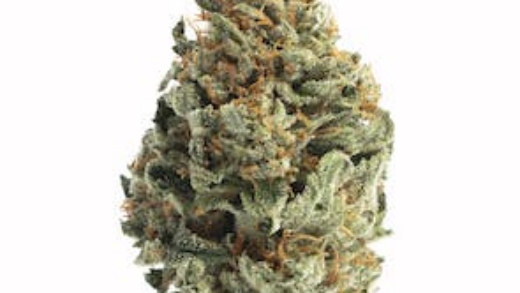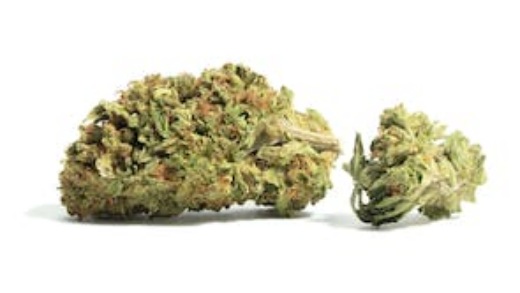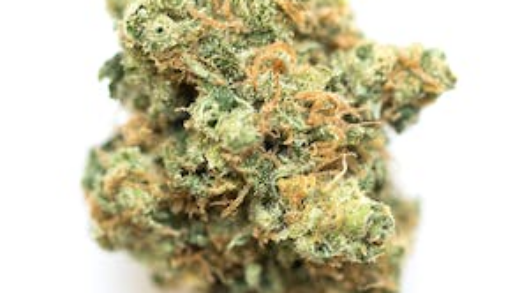Go back far enough and you’ll hit the future. It’s that exact moment of impact DEFER captures. Simultaneously Paleolithic and extraterrestrial, his “spiritual language” lifts the sleep mask of reality and welcomes one into the land of the sacred and eternal.
There’s a timelessness to it, like Rothko, mixed with a little William Carlos Williams (“The Red Wheelbarrow”). But, of course, he can describe it better than I can:
“The thing is,” DEFER said, “some of it has text in it, like typography. But then again, as a kid I did graffiti. So, from that, you get ‘wildstyle,’ where you distort the letters but they still retain the form. You contort the letters, you bend ‘em, you swerve ‘em, you loop ‘em, you add arrows, crowns, you break ‘em up. But one thing I did was, um, I basically wanted to take it beyond that, which is obliterating the letter form, and I call it ‘spiritual language.’ Which is akin to, like, I guess, babble, like speaking in tongues. … So it looks like gestural abstract.”

He continued, “I try to reach a flow-state, a natural flow-state. And it’s very, I would say, at times it’s unpredictable. A lot of artists, I noticed, they want to create the same things—or the same distinct style—over and over and over, where it’s, like, advertising mentality. But every piece I do is like my own child, my own offspring, where everything’s different, you know, it has its own fingerprint. … You could see a relationship to a lot of the paintings, but there’s always a variation.”
I asked DEFER about legibility and how important (or unimportant) it is for people to understand what he’s trying to say.
“For me as an artist, I’m really not too concerned about the legibility, because at the end of the day, when I do a piece and say the viewer maybe can’t understand it, they’ll be like, ‘I know there’s lettering in it, but what does it say?’ Or ‘I can’t read it.’ You know, then they’re like, ‘Why don’t you make it more legible?’ If they say something like that, I’ll say, ‘You have legible everywhere. Signs are legible. You want a signmaker, look at a stop sign. You could read that.’
Naturally, I asked what some of his paintings said. He told me, too. And I could tell you, but then I’d have to do the whole murder thing, which just seems like an awful lot of work. But! I did ask another question—What differentiates graffiti from the classical idea of painting, and what unifies them?—to which he responded:
“Graffiti was the first form of art. The cave paintings … They etched into the surface of rocks. If you look at all ancient societies, they scratched. So, I think the term ‘graffiti’ is very broad-based. That’s one of the terms where they can use it in a sense of criminality, rebellion, maybe the lowest form of art. But then think about this: they said Basquiat was a graffiti artist, but he has [one of] the highest-selling piece[s] of art. So that’s a direct bridge from the fine art to the street-level art.”

When I was fifteen I got arrested for graffiti. Well, technically, I was fourteen at the time of my arrest; I turned fifteen in the holding cell. Got out to a bunch of happy birthday texts and an extremely disappointed mother; so in closing, I felt the need to ask an oddly specific question that may one day help a past-future me: What sort of advice would you give someone who’s, like, fourteen, tagging a bench, who’d like to do commissioned work and see their art in a gallery one day?
“I can say one thing about art,” DEFER replied. “Everybody’s going to have their own journey. I give lectures at colleges, and I always tell the kids, if you’re going to be an artist, you have to be passionate about it. You have to do it without wanting anything in return. Obviously, you want something in return if you’re going to make it a career. But art’s one of those things where you gotta be able to weather these storms, like have a whole show without selling anything, then get back up and start painting again. It’s like a wheelbarrow; it’s only going to go as far as you push it.”
This story was originally published in the September 2022 issue of High Times Magazine.
Sign Up for Our Newsletters
Get notified of our the latest cannabis news, exclusive brand deals, events updates and more!













